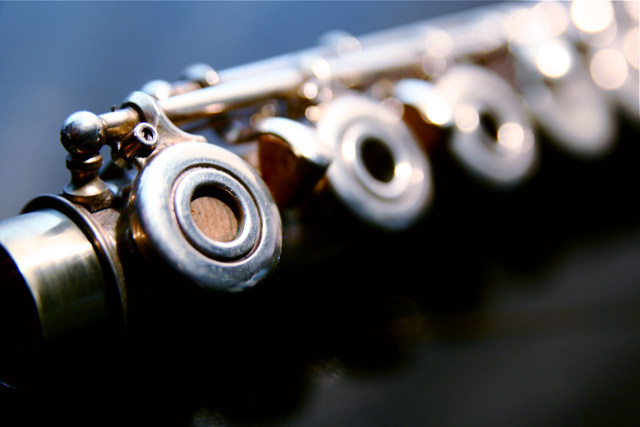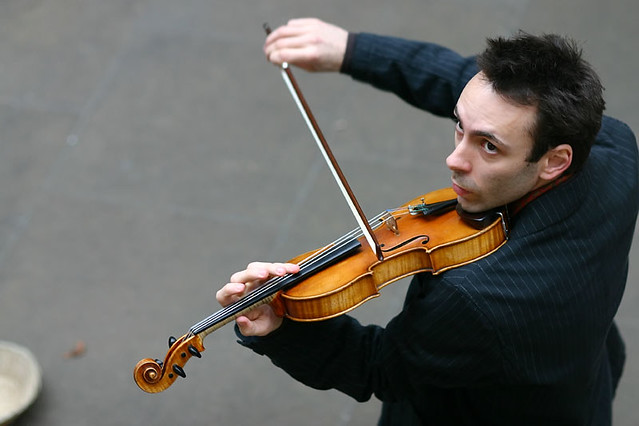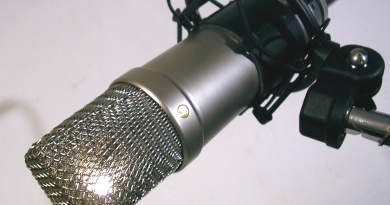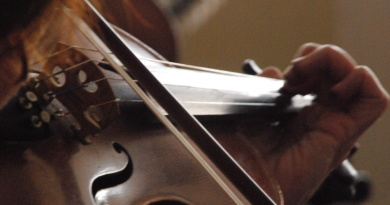Why Scales Are Never Enough
Many students and their teachers believe that daily scales practice is enough to keep the fingers moving and the pitch on track. This is rarely the case as not all the fingers are exercised in the same way. Most of all, only certain intervals are every repeated. To improve your technique, tone, and pitch, it’s important to regularly practice a mixed program of exercises.
Think about piano scales. Your 5th fingers rarely touch the keys, and the 4th finger doesn’t do nearly as much as 1, 2 or 3. But fingers 4 and 5 are notoriously weak for piano players. They need a daily exercise to improve dexterity and effect. Scales are excellent ways to ensure pitch is accurate for wind instrumentalists like recorder players. But often we are required to play intervals greater than a tone or semitone. It’s important to practice these for pitching and tone too.
Thanks to Flickr.com for the pic
For string players, there is the added challenge of position. Scales alone do not offer us enough opportunity to hop from position to position as we might with an advanced repertoire. Instead, we take a methodical approach leading from one to the next. Exercises are a great way for all instrumentalists to better their technique. After all, the virtuosos spend hours focusing on reaching from one note to the next in the best possible way.
Of course, scales can be used to enhance practice in other ways. Scales help violinists and flautists reach their pitch correctly. They can be used for dynamic and articulation practice too. Because we know the notes and the fingering or position so well, there is nothing new to learn. We can concentrate entirely on the quality of tone we hear when we vary the dynamic attack. Or we can check each note is equally staccato.
We should all be doing some scalic practice each day. But it’s not enough in isolation. There’s no need to rush out and buy big volumes of exercises for your instrument, though. You can find opportunities within your repertoire to practice the key elements of musicianship. Your teacher can advise you on the best pieces to introduce or improve these things. For example, a good piece for practicing ornaments on the piano is J. H. Fiocco’s “Andante” from Pieces de clavecin, Op.1.
A fun way to make light work of practicing an exercise is to make one up yourself. Improvise or compose your own four or eight bar melodies for each hand. They should make use of the elements of musicianship you are looking to improve upon. If it’s appropriate to, why not stick to simple positions to maximize the effect of the exercise? Your improvisation should be all about focusing on that one area you need to work on. Keep it simple.
Improving technique and striving for virtuosity should be a lifelong habit of the practising musician. Whether you are a beginner or a professional, you can find ways to better your abilities and perfect your tone. Every piece is different. Why not see what you can do today?







Pingback: Ultimate Guide To Engaging A New Adult Student - TheMusicTeach
Pingback: TheMusicTeach Interviews BBC Young Musician Finalist Sophie Westbrooke - TheMusicTeach
Pingback: Essential Repertoire For The Young Piano Player - TheMusicTeach
Pingback: What Should You Know After A Year Of Music Lessons? – TheMusicTeach
Pingback: Improve Your Singing This Christmas With These Amazing Tips – TheMusicTeach
Pingback: New Year Resolutions For Music Students
Pingback: How Young Is Too Young To Learn A Musical Instrument? - TheMusicTeach